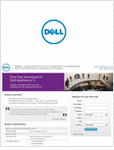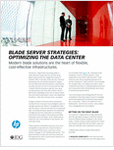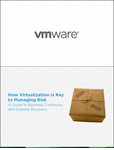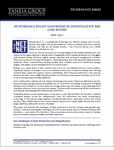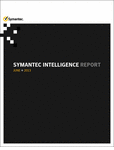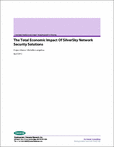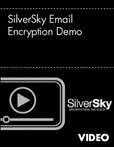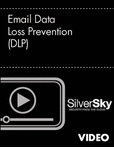The following is external content provided as a free resource for blog readers.
 | Dell's critically acclaimed AppAssure enables IT to capture continuous backup snapshots, automate recoverability testing and offload data deduplication/compression. As a result, businesses can successfully fulfill rapidly escalating data protection requirements using minimal infrastructure and human resources — allowing them to redirect resources to genuinely strategic technology initiatives. Request Free! |

